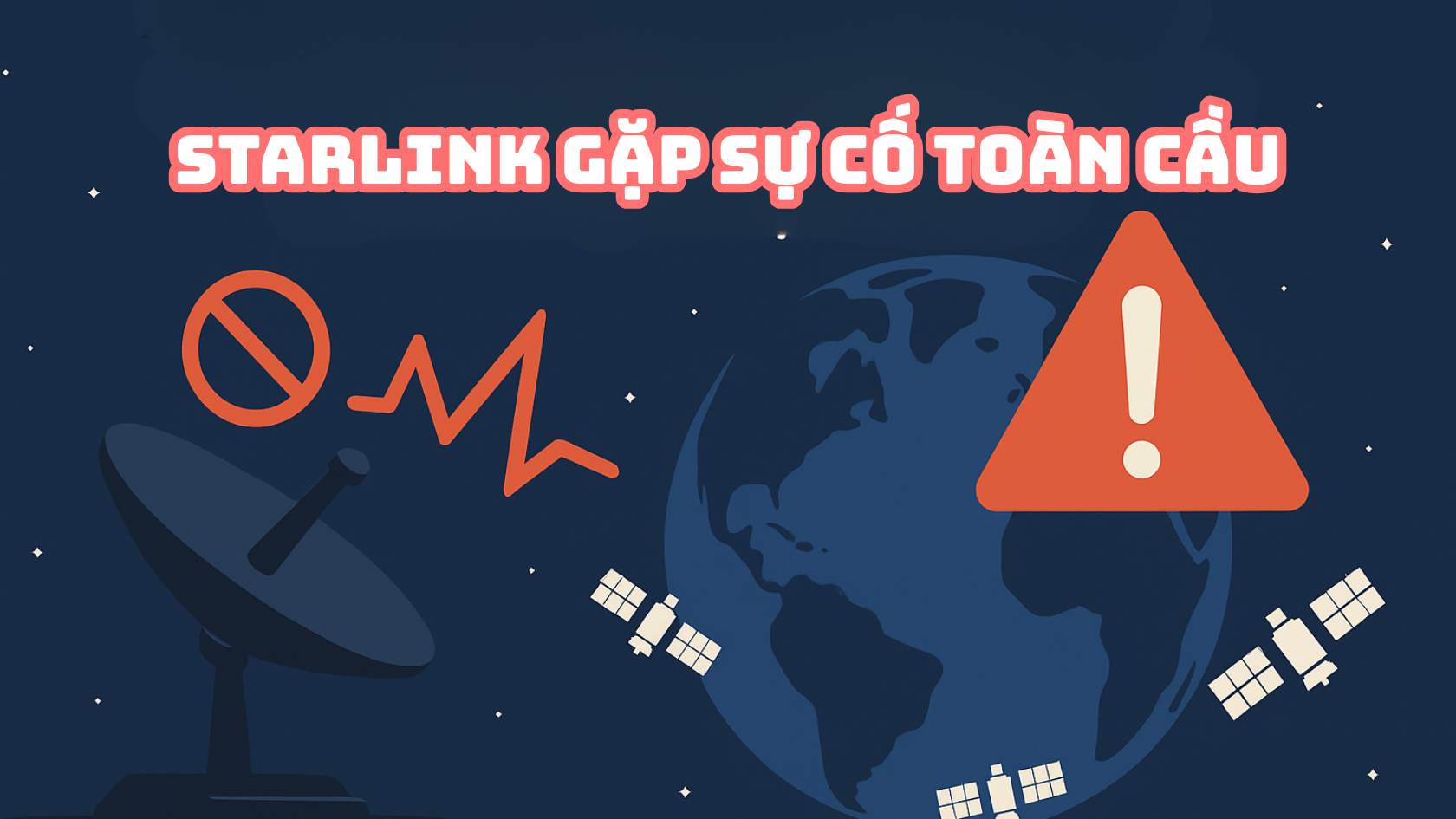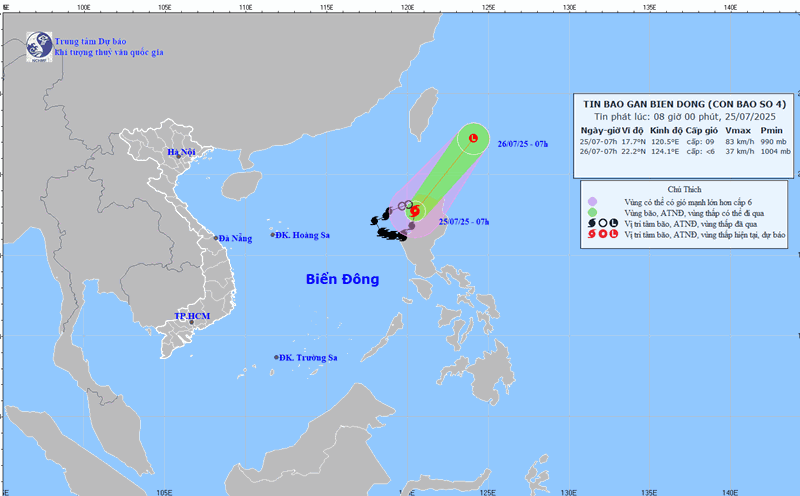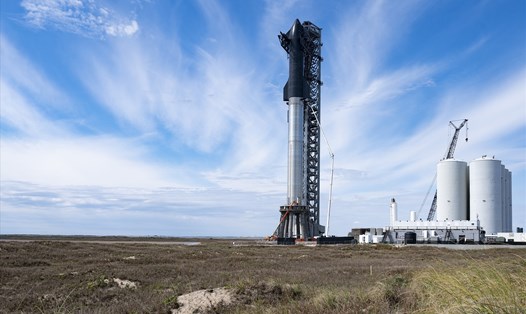
SpaceX's Starlink satellite internet service recorded a widespread disconnection incident that lasted for about 2.5 hours, starting at 5:13 p.m. on July 24 (EDT time). The incident affected users in the US, Europe and part of Asia - especially in rural and mountainous areas, which are heavily dependent on satellite connectivity.
According to Downdetector, more than 61,000 error reports were recorded during peak periods. Data from NetBlocks shows that Starlink's global connectivity has dropped to just 16% of normal.
Starlink representative confirmed that the initial cause was an internal software error in the core network system. Technical director Michael Nicolls has apologized to users, pledging that the system is undergoing a comprehensive inspection to prevent similar problems in the future.
The time of the incident was determined immediately after T-Mobile officially deployed the T-Satellite service, allowing emergency messages via satellite using regular mobile phones. This service is integrated on Starlink satellite infrastructure, opening a new approach with mobile connectivity without the need for a ground-based broadcasting station.
Although there is no official link announced between Starlink's incident and T-Mobile's service launch, experts say the system may have been overloaded during the integration of new technology.
The incident has also raised concerns about the stability of next-generation satellite networks, especially as more and more applications related to emergency communication, defense and transportation depend on them. Some theories suggest that software errors may be related to system updates or the risk of cyber attacks, similar to the CrowdStrike software incident in 2024, which paralyzed millions of devices globally.
At around 5:30 p.m. the same day ( EDT), Starlink's connection began to recover and operate normally. However, this is considered one of the most serious incidents since the Starlink satellite internet network went live. This is posing a major challenge to the ambition for global coverage, especially in the field of combining satellites with traditional mobile networks.







